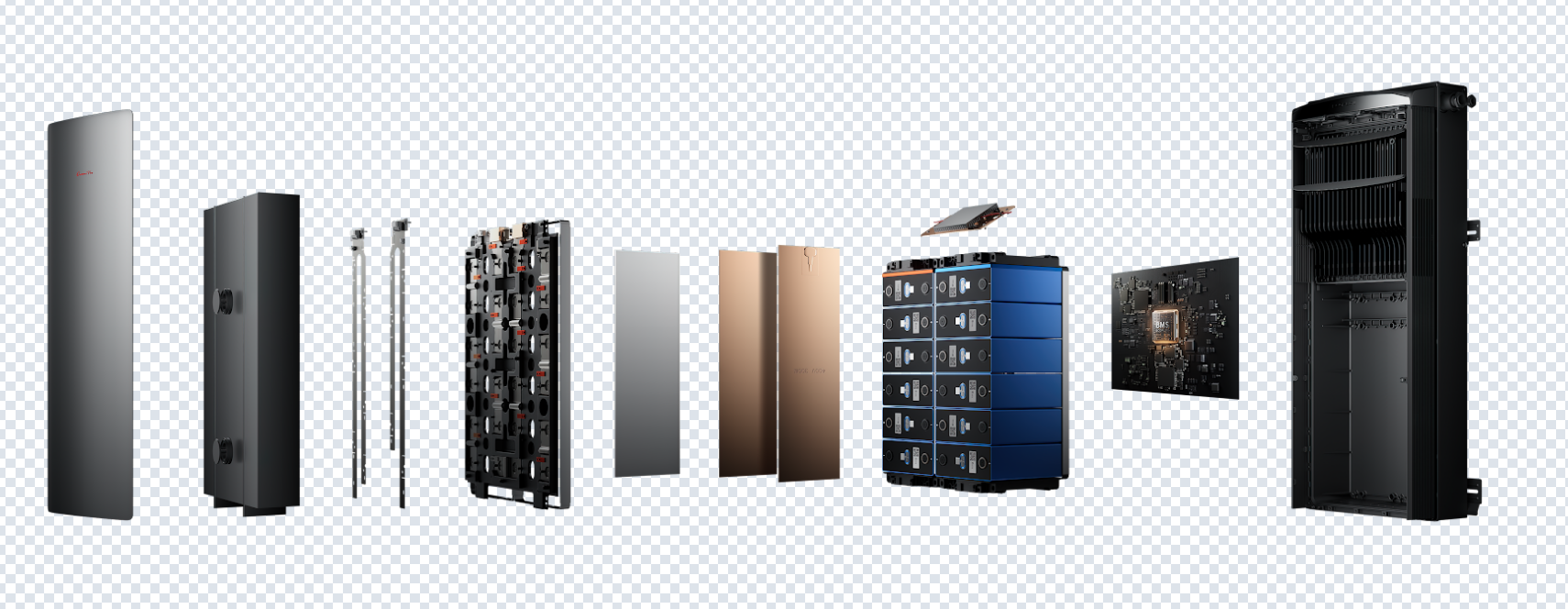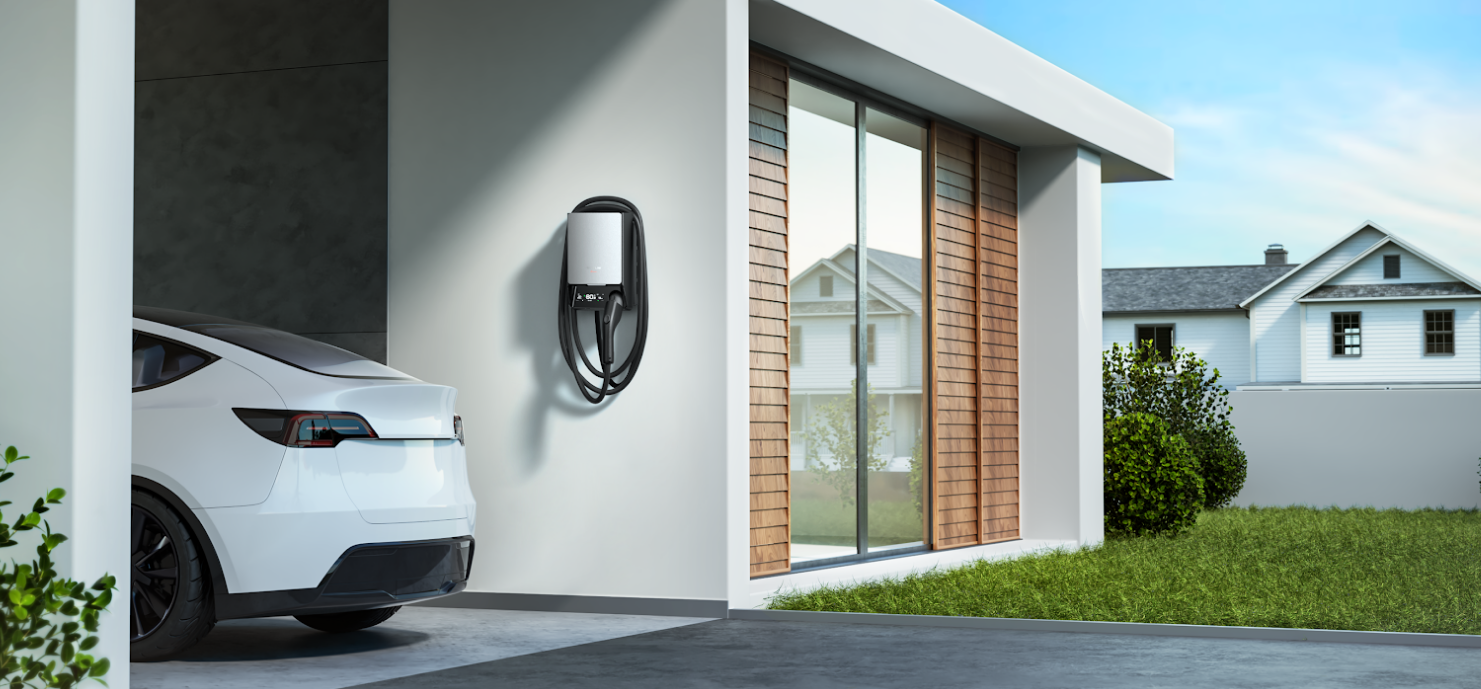Wait! Check Out the Bonus That Really Boosts Your Energy Independence
- Know What a Solar Backup Battery Does
- Pick the Right System Type: DC-Coupled vs. AC-Coupled
- Only Buy from Certified Installers with Good Reviews
- Compare Battery Chemistry: NMC vs. LFP
- Understand Battery Capacity and Output Limits
- Watch Out for “Free Solar” Scams
- Review All Financing Options Before You Sign
- Think About Daily Use, Not Just Emergencies
- Plan for Expansion and Future Upgrades
- Final Advice: Take Your Time, Ask Many Questions
Living without the power grid sounds like freedom. But it also means full responsibility. You must plan carefully before buying anything. If your goal is full energy independence, you will need a solar system and a large solar backup battery. This setup is expensive and complex, so smart shopping is very important.
Read everything in this guide before you buy.
Know What a Solar Backup Battery Does
A solar backup battery stores energy from your solar panels. During the day, solar panels generate electricity. Some of that electricity goes to your appliances. The rest charges your battery. At night or during a blackout, the battery powers your home.
But even a large solar battery has limits. It cannot power everything forever. Most batteries store 10 to 20 kilowatt-hours (kWh) of energy. The average U.S. home uses about 30 kWh per day. If you want to stay off-grid for many days, you will likely need more than one battery.
Before shopping, write down your daily energy use. Check your past utility bills. Know your energy goals. Do you want to run only essentials like lights and a fridge? Or do you want to run everything, including air conditioning and laundry?
Pick the Right System Type: DC-Coupled vs. AC-Coupled
Solar systems come in two types. One uses DC-coupled batteries. The other uses AC-coupled batteries.
DC-Coupled Systems
These systems charge batteries directly from the solar panels. DC means direct current. Solar panels produce DC electricity. The battery also stores DC. This makes charging more efficient. But DC-coupled systems need special wiring and skilled labor. Some experts worry about the safety of high-voltage DC in homes.
AC-Coupled Systems
These systems turn solar energy into AC (alternating current) before sending it to the battery. That means the electricity changes form more than once. Some energy gets lost as heat. But AC-coupled systems are easier to add to older homes. They also avoid high-voltage DC wiring.
Talk to your installer about both options. One is not always better than the other. The best choice depends on your home, your goals, and your budget.
Only Buy from Certified Installers with Good Reviews
Not every solar company is honest. Some use aggressive sales tactics. Others offer “free solar panels” or claim they work with the government. These are warning signs. Full energy independence requires a strong, safe setup. You cannot risk a bad installation.
Here’s how to shop smart:
- Ask for the installer’s license number
- Check if they are certified by NABCEP (North American Board of Certified Energy Practitioners)
- Read customer reviews on multiple websites
- Ask neighbors who went solar
Talk to at least three different installers before choosing one. Get written quotes and ask about warranty terms. A good installer will listen to your needs and explain every part of the process.
Compare Battery Chemistry: NMC vs. LFP
Most solar backup batteries today use lithium-ion technology. But not all lithium-ion batteries are the same. There are two main types: NMC and LFP.


NMC (Nickel Manganese Cobalt)
These batteries are more compact. That means they can fit in smaller spaces. But they heat up faster and may not last as long. Some also worry about the mining process used to get cobalt.
LFP (Lithium Iron Phosphate)
These batteries are larger for the same storage amount. But they are more stable in hot weather. They usually last through more charge cycles. They also do not use cobalt.
Ask your installer which type they offer. Ask why they prefer it. Then check if it matches your needs for size, safety, and lifespan.
Understand Battery Capacity and Output Limits
Every battery has two key numbers:
- Capacity: How much energy it stores (in kWh)
- Load (or output): How much power it can release at once (in kW)
Let’s say your battery stores 10 kWh. That means it can power ten 1-kW appliances for one hour each—or one 1-kW appliance for ten hours. But if its output limit is 5 kW, it cannot run a 6-kW appliance, even for a few seconds.
Also ask about peak output. Large appliances like air conditioners may need a short burst of extra power when they start. Not all batteries can handle that surge.
Check your home’s power needs. Then ask your installer to explain which battery models fit those needs.
Watch Out for “Free Solar” Scams
No one installs large solar systems and batteries for free. Some programs help low-income families, but most offers that say “no cost to you” are just marketing tricks. They may tie you into long contracts or collect your data without your consent.
Here are signs of a scam:
- “Free solar” ads with no company name
- Online forms that ask for personal info but do not show who runs the site
- Phone calls with pushy sales agents
- Promises of “no more energy bills” forever
Real solar programs from the government will appear on .gov websites. You can also call your state’s energy office to confirm what help is available.
Review All Financing Options Before You Sign
A full solar system with battery backup can cost $20,000 to $50,000 or more. How you pay for it affects long-term savings.
- Buying Outright. You pay everything upfront. You own the system. You get the 30% federal tax credit. Over time, this often saves the most money.
- Solar Loans. These loans help reduce the upfront cost. You still own the system. You still get the tax credit. Interest rates vary, so compare options.
- Leases and PPAs. With a lease, the solar company owns the system. You pay a set amount each month. With a PPA (Power Purchase Agreement), you buy the power it makes. In both cases, you may not get the tax credit. Also, ending the contract early can be hard.
If your goal is full energy independence, leasing may not work. You need full control over your system. Ask a financial advisor or solar expert to help you choose.


Think About Daily Use, Not Just Emergencies
Most people think batteries are for power outages. That’s true, but there is more. Large solar backup battery systems can also help reduce bills every day.
Some utilities charge more for electricity during peak hours, like late afternoon. You can use stored solar energy during those times instead. This lowers your bills, even if the grid stays on.
If you want to join a virtual power plant (VPP) later, your battery could even earn money. In a VPP, your utility draws power from your battery during demand spikes. You get paid for sharing that energy.
Talk to your installer to see if your system could support these features.
Plan for Expansion and Future Upgrades
Energy needs change over time. You may buy an electric vehicle. You may add air conditioning. You may build a second home office. All of these require more power.
Ask your installer:
- Can this battery system be expanded?
- Will the inverter support more panels later?
- Can the system connect to a second battery?
Choosing flexible parts now can save you from starting over in a few years.
Final Advice: Take Your Time, Ask Many Questions
Energy independence is a big goal. It takes money, planning, and research. Do not rush. Talk to different experts. Write down your questions. Read every contract. Take notes during each meeting.
A solar backup battery is not just a product. It is part of your home’s future. It should fit your goals, your budget, and your lifestyle.
When done right, going energy independent brings peace of mind, lower bills, and long-term value. When done wrong, it can lead to stress and wasted money. Use these tips to avoid mistakes and build a system that works for you.
If you are ready to commit to a serious off-grid setup, look for solutions that offer more than just storage. The EcoFlow OCEAN Pro gives you advanced safety, true scalability, and smart control—all in one streamlined design. With up to 80 kWh of stackable battery storage and a 24 kW inverter, it's built for full home backup, extreme environments, and growing energy demands. Check out what really makes the EcoFlow OCEAN Pro seize the forefront of the industry:
Feature | EcoFlow OCEAN Pro System |
Storage Capacity | Modular 10 kWh units, expandable up to 80 kWh |
Inverter Power | 24 kW continuous / 50 kW peak |
Safety Design | Fire suppression, explosion-proof valve, flood resistance |
Environmental Durability | Operates up to 140°F, IP67 waterproof and dustproof |
Multi-Source Support | Works with solar, gas generator, and grid input |
Smart Control | AI-powered assistant, app monitoring, VPP-ready |
Installation Flexibility | Customizable chassis for residential or commercial settings |
Warranty | 15 years (battery and inverter) |